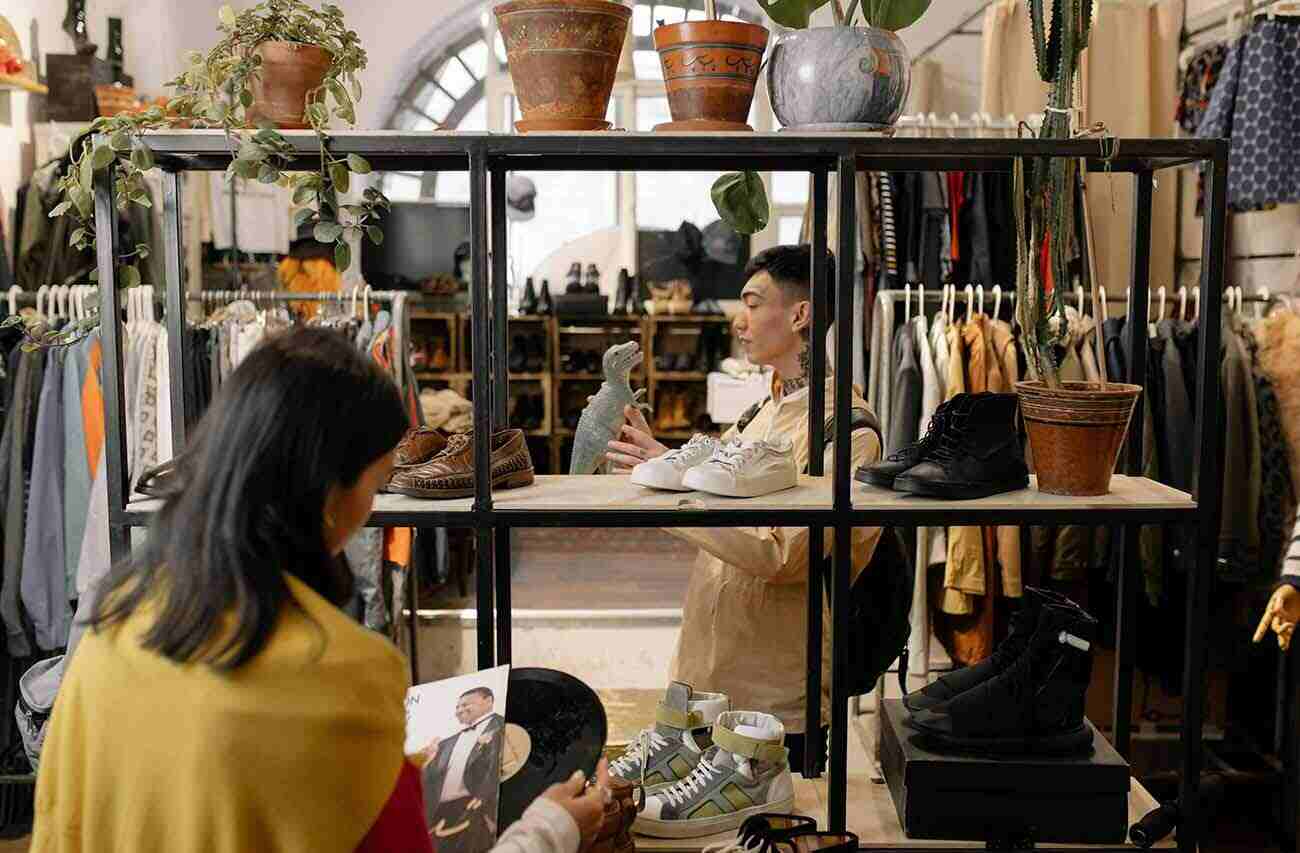I
n a world where fast fashion and mass production have long dominated the retail landscape, a surprising shift is taking place. What was once tabbed as a niche market, the global secondhand or thrift market has been blazing upwards 18% to $197 billion in 2023, growing at 15 times the retail sector, and could potentially double in size by 2026. Similarly, the U.S. secondhand market has seen a growth of 11%, reaching $43 billion in 2023, outpacing retail growth by a factor of seven! This explosive growth is not just a fleeting trend but a profound transformation in consumer behavior and retail practices.


Leave a Reply